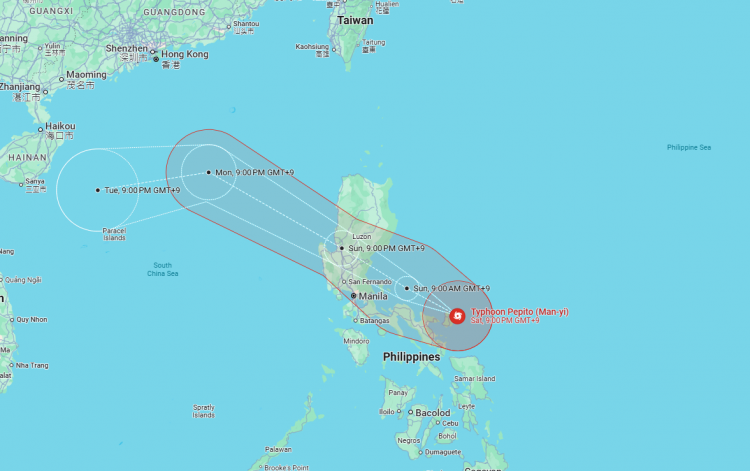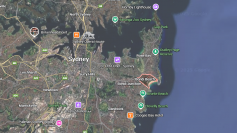The Philippines is mobilizing large-scale evacuations and emergency measures as Super Typhoon Man-yi approaches, threatening to unleash catastrophic destruction on parts of the archipelago. With wind speeds reaching up to 240 kilometers per hour (149 mph) and gusts of 215 km/h (133 mph), the typhoon has been classified as a super typhoon by the state weather agency PAGASA. The storm is expected to make landfall late Saturday or early Sunday in Catanduanes province, which has been placed under the highest storm alert.
"Pepito is approaching its peak intensity," PAGASA warned, using the local name for the typhoon. The agency has described the situation for the central region of Bicol, including Catanduanes, as "potentially catastrophic and life-threatening." Nearly 180,000 people have already been evacuated from the Bicol region, which remains vulnerable after previous storm damage.
Interior undersecretary Marlo Iringan urged residents to heed evacuation orders immediately, emphasizing that delaying could jeopardize not only their safety but also that of rescue personnel. "If preemptive evacuation is required, let us do so and not wait for the hour of peril before evacuating or seeking help," he said.
In Catanduanes, evacuation centers have reached capacity. Roberto Monterola, the provincial disaster officer, reported, "More than 400 people have crowded into the provincial government building in Virac, with new arrivals being sent to a gymnasium." Monterola expressed concern about safety, noting that "the Rawis gym has a history of typhoon damage, and people are afraid to go there."
Albay province has also been bracing for the storm's impact. Residents like Legazpi City grocer Myrna Perea have relocated to evacuation centers. "Conditions are hot and cramped," she said, describing the experience of sharing a classroom with nine other families. "But it's better to be safe. Even if the house is destroyed, the important thing is we do not lose a family member."
The typhoon has prompted flight cancellations and suspension of all sea travel across affected regions. Civil defense administrator Ariel Nepomuceno confirmed that President Ferdinand Marcos Jr. has ordered all government agencies to prepare for the "worst-case scenario."
Man-yi's arrival marks the sixth major storm to strike the Philippines in a month. Previous storms, including Tropical Storm Trami and Typhoon Kong-rey, have inflicted heavy losses. The country, which experiences an average of 20 tropical storms per year, is no stranger to such challenges, but the recent frequency and intensity have amplified concerns over climate change's role in exacerbating extreme weather events.
In Northern Samar province, disaster officer Rei Josiah Echano underscored the persistent cycle of destruction that typhoons bring. "Whenever there's a typhoon like this, it brings us back to the medieval era; we go [back] to square one," he said.
Warnings of storm surges reaching up to three meters (10 feet) have been issued for coastal areas, with authorities urging residents to evacuate promptly. Scientists have long cautioned that climate change contributes to more intense storms, resulting in heavier rainfall, flash floods, and stronger gusts.






